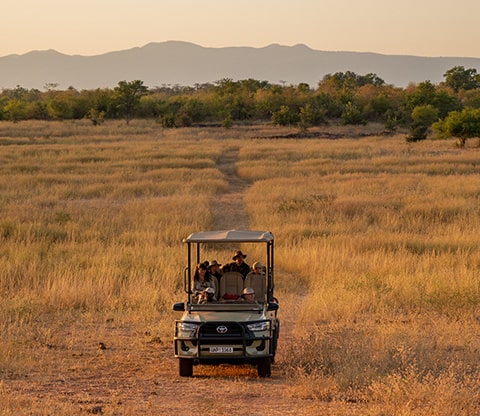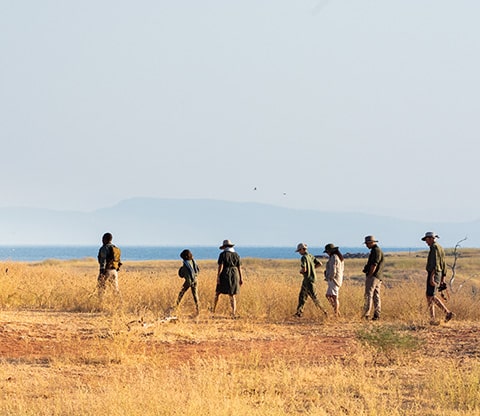
Matusadona National Park
Home to iconic wildlife species, Matusadona’s wide-open floodplains, shaded woodlands and towering mountains stand sentinel over the majestic Lake Kariba.
Experience Matusadona National Park
Matusadona National Park offers a uniquely varied wilderness experience on Lake Kariba’s remote southern shores. The park’s diverse ecosystem encompasses crucial aquatic breeding grounds, rich lakeshore grasslands, abundant valley-floor woodlands, and the rugged mountain range for which the park is named. A vital sanctuary, protecting many endangered species, the park is home to lion, leopard, elephant, buffalo, zebra, an impressive variety of antelope species as well as many aquatic dwellers – hippo, crocodile and hundreds of fish species. It also nurtures nearly 400 bird species —a remarkable abundance that showcases the park’s thriving biodiversity.
Visitors can experience the park’s rich habitat via a variety of exciting activities, from game drives and walking safaris to boat cruises and catch-and-release fishing excursions on Lake Kariba. Matusadona’s rich paleontological sites and cultural heritage add depth to the experience, offering insights into ancient life and local Tonga traditions.
As a crucial conservation area, Matusadona stands at the forefront of the Sebungwe Region’s wildlife restoration efforts, offering visitors a unique opportunity to witness and actively support biodiversity conservation in action.
Where to Stay
From nature-immersive wild camping and serviced campsites to self-catering and all-inclusive camps, Matusadona National Park has options for every budget and adventure-level.
Visiting Matusadona National Park is one of the best ways to support communities, wildlife conservation and the long-term success of Africa’s wild areas. Choose from the different accommodation options available below and enjoy a spectacular wildlife experience.
More about Matusadona National Park

With its rich tapestry of habitats, at 1,407km2, Matusadona’s unique ecosystem fosters a biodiverse range of wildlife and plant life. The park gets its name from the rolling Matusadona hills that form part of its landscape, and is flanked by Lake Kariba in the north, while two perennial rivers, the Ume and the Sanyati, as well as other rivers and springs create an intricate network of waterways.
The park has a robust population of elephant, lion, leopard and buffalo, alongside typical lakeshore species such as hippo and waterbuck. Critically Endangered white-backed, hooded and white-headed vultures can be found alongside Endangered Grey crowned cranes, Lappet-faced vultures, Steppe and Martial eagles, Secretarybirds and Bateleur eagles. Cheetah and African wild dog pass through the park, while Temminck’s pangolin thrive within the park’s boundary. The Ume and Sanyati rivers are important spawning grounds for indigenous fish species, and the protected waters around the park support the critically endangered Kariba tilapia, the vulnerable longfin tilapia, near threatened mottled eel and African clawless otter.





















